Gut Health
192 items
Sort by: Popular

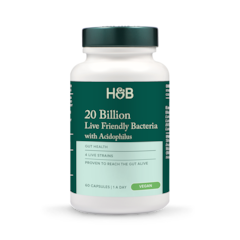
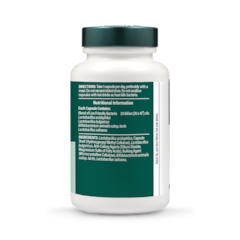


Holland & Barrett
Live Friendly Bacteria 20 Billion 60 Capsules
(738)
3 for 2 Mix & Match
€29.89
€0.50/1 Capsules


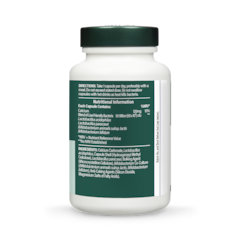

Holland & Barrett
Friendly Bacteria 50 Billion 30 Capsules
(207)
3 for 2 Mix & Match
€38.49
€1.28/1 Capsules
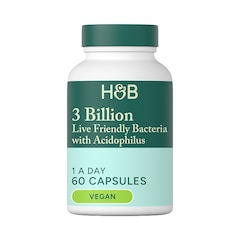
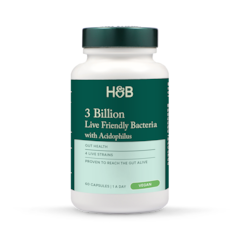
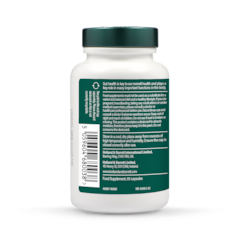
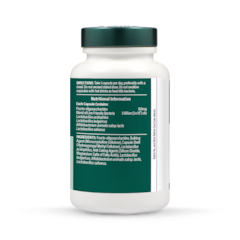

Holland & Barrett
Live Friendly Bacteria with Acidophilus 3 Billion 60 Capsules
(1250)
3 for 2 Mix & Match
€12.99
€0.22/1 Capsules
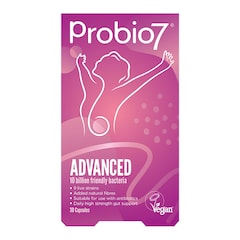
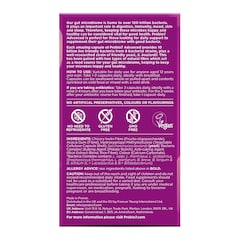
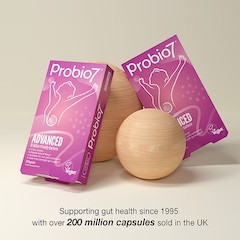
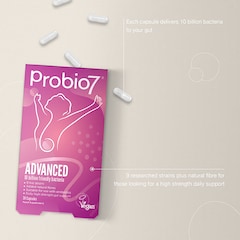
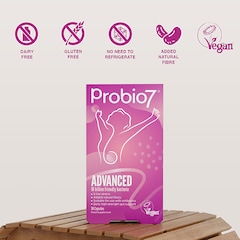
Probio7
Advanced Formula 30 Capsules
(135)
3 for 2 Mix & Match
€22.99
€0.77/1 Capsules
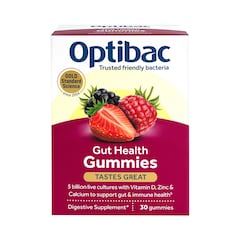
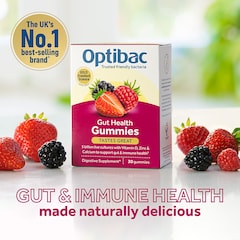


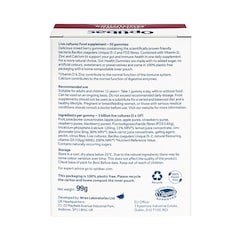
Optibac
Gut Health Gummies 30 Gummies
(25)
3 for 2 Mix & Match
€16.99
€0.57/1 Chewable
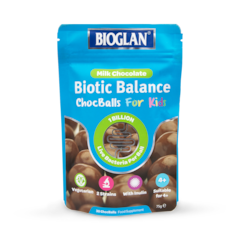
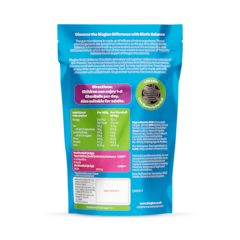
Bioglan
Biotic Balance ChocBalls for Kids 75g
(96)
Buy 1 Get 1 Free
€15.50
€20.67/100 g
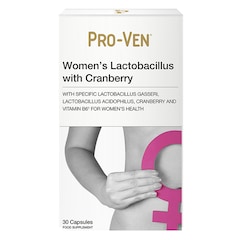
Pro-Ven
Pro-ven Biotics Women’s Lactobacillus With Cranberry 30 Capsules
(157)
Buy one get one 1/2 price
€25.99
€0.87/1 Capsules
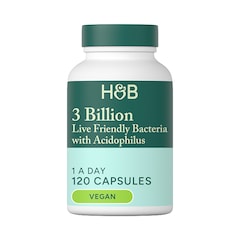
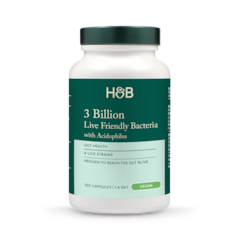
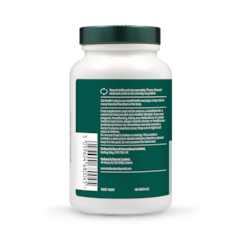
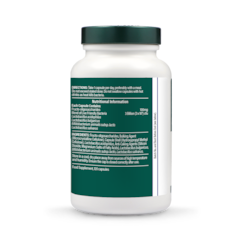

Holland & Barrett
Live Friendly Bacteria with Acidophilus 3 Billion 120 Capsules
(1250)
3 for 2 Mix & Match
€20.79
€0.17/1 Capsules
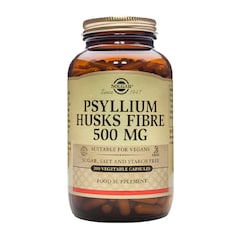
Solgar
Psyllium Husks Fibre 500mg 200 Vegi Capsules
(167)
3 for 2 Mix & Match
€26.50
€0.13/1 Capsules
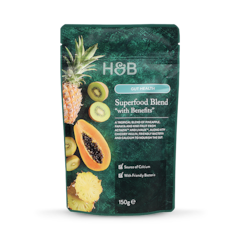

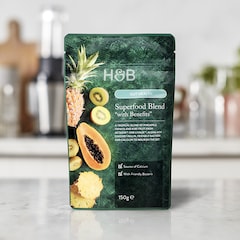
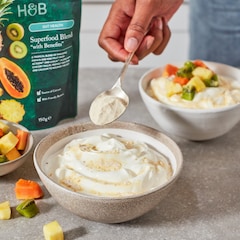
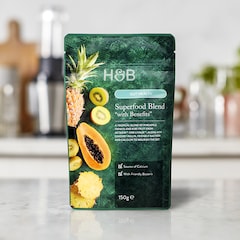
Holland & Barrett
Gut Health Superfood Blend 150g
(5)
Buy one get one 1/2 price
€26.00
€17.33/100 g
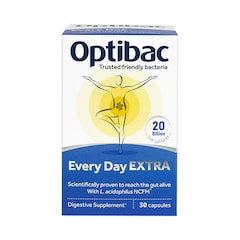



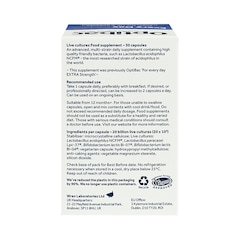
Optibac
Every Day Extra 30 Capsules
(11)
3 for 2 Mix & Match
€34.79
€1.16/1 Capsules
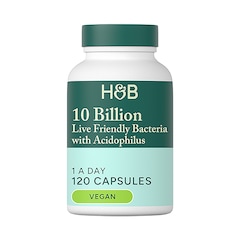
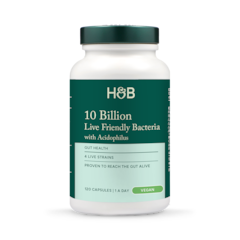
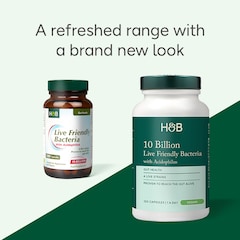
Holland & Barrett
Potent Acidophilus (10 Billion) 120 Capsules
(229)
3 for 2 Mix & Match
€29.89
€0.25/1 Capsules
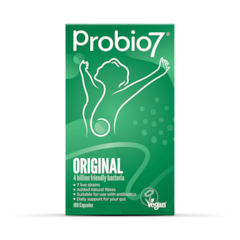
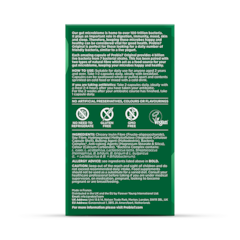

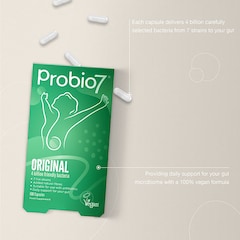
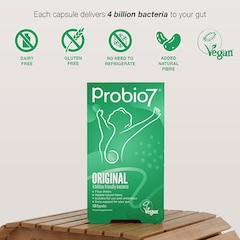
Probio7
Original 100 Capsules
(92)
Buy one get one 1/2 price
€45.49
€0.45/1 Capsules
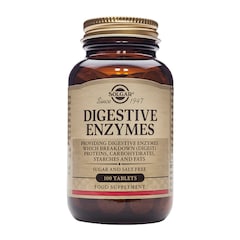
Solgar
Digestive Enzymes 100 Tablets
(93)
3 for 2 Mix & Match
€30.00
€0.30/1 Tablet
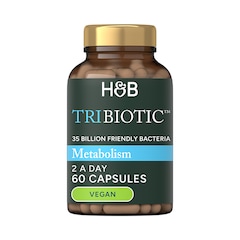
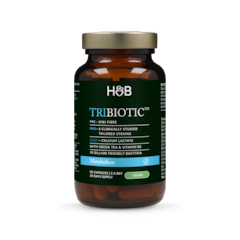
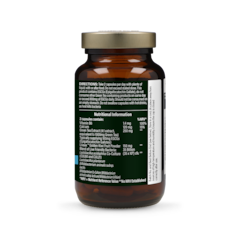

Holland & Barrett
Tribiotic Metabolism 60 Capsules
(28)
3 for 2 Mix & Match
€39.99
€0.67/1 Capsules
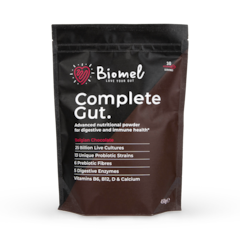
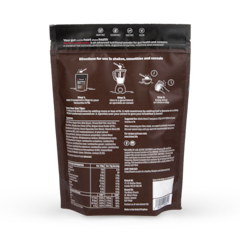
Biomel
Complete Gut Belgian Chocolate 450g
(26)
€38.99
€8.66/100 g
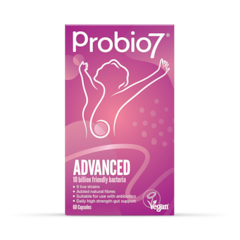
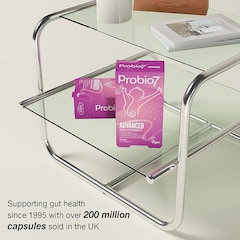
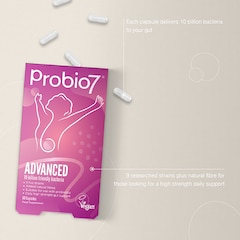
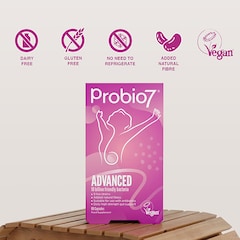
Probio7
Advanced Formula Economy Size 60 Capsules
(108)
3 for 2 Mix & Match
€41.59
€0.69/1 Capsules
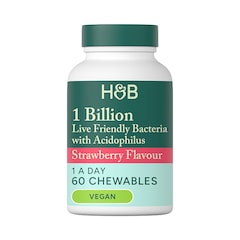

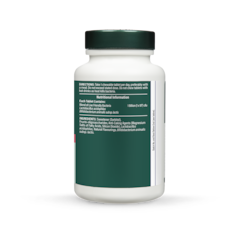

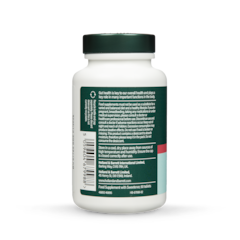
Holland & Barrett
Live Friendly Bacteria Strawberry Flavour 60 Chewable Tablets
(454)
3 for 2 Mix & Match
€10.39
€0.17/1 Chewable
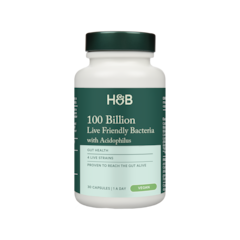
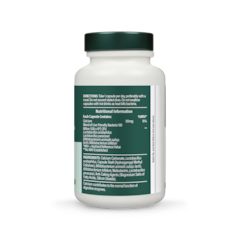

Holland & Barrett
Friendly Bacteria 100 Billion 30 Capsules
(20)
3 for 2 Mix & Match
€51.99
€1.73/1 Capsules
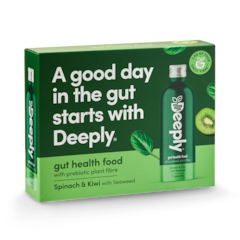
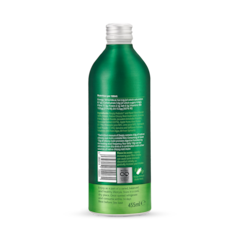



Deeply
Gut Health Food With Prebiotic Plant Fibre Spinach & Kiwi With Seaweed Multipack 4 x 455ml
(12)
€90.99
€5.00/100 ml
New In
